Design: software
and hardware
We have in-house expertise pertaining to the design of
rotary machines, especially blowers and screw compressors. The rotors are
the key elements in these machines. The outline of the cross-section of such
a rotor is normally referred to as the “rotor profile”. The basic form of
the rotor profile must be mathematically exact, but the practical form must
accommodate clearances and tolerances required for both manufacture and operation.
For good results, one needs access to computer programs that can not only
take care of the math correctly, but also convert practical considerations
and practical experience into hard numbers.
We have in our toolbox a whole set of computer programs
that can do everything required for the design of these superchargers - see
Computer
Design Programs.
We are working on some prototype installations for
small motorcycles. Stay tuned for further reports next year.
Small
Superchargers
One of the first to supercharge a model engine was Gary Conley, of Conley Precision Engines in
Figure 2 shows a dismantled blower that is using
rotors from the Conley supercharger.
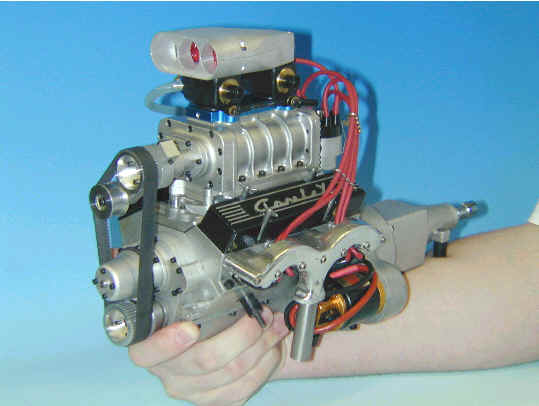
Figure 1: Gary Conley’s supercharged V-8 engine
Figure 2: A homebuilt blower with rotors from Gary Conley
The smallest working supercharger we have designed is
one made by the Swede Jan Johansson. He is using it with a highly modified
OS FS-91 engine; see Figure 3. This blower uses built-in gears to increase
the rotor tip speed, obtaining a maximum RPM of around 30,000. (The smaller
it is, the faster it likes to go.) The specific rotor displacement is about
.57 cuin/inch of rotor length. Jan has obtained over 20 PSI of boost pressure
with this one.
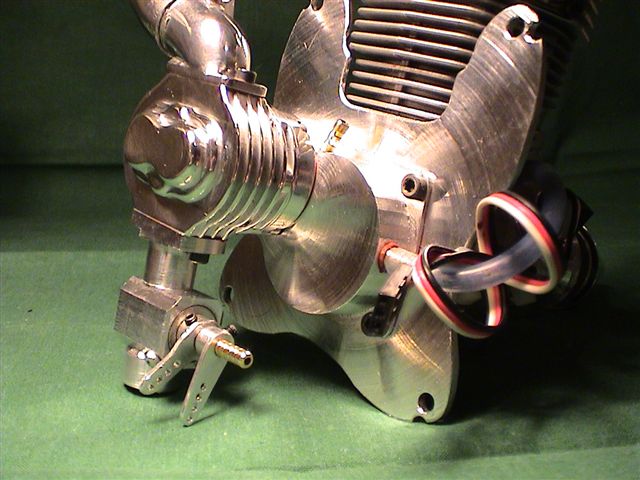
Figure 3: A .36 cuin/rev blower, designed by JEP
and made by Jan Johansson,
Another model builder in
He has built a top fuel dragster, with a blown V-8 engine
in it; see Figures 4 and 5. The engine displacement is 12 cuin, and the blower
is about 3.9 cuin/rev, so this blower must also be speeded-up to be able to
deliver any pressure.
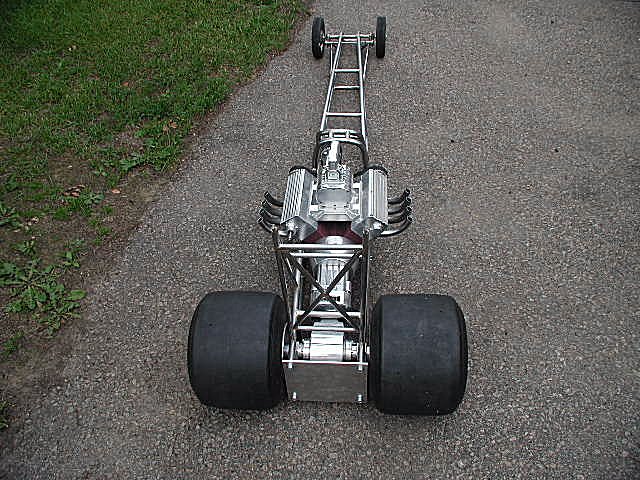
Figure 4: Model top fuel dragster with supercharged engine
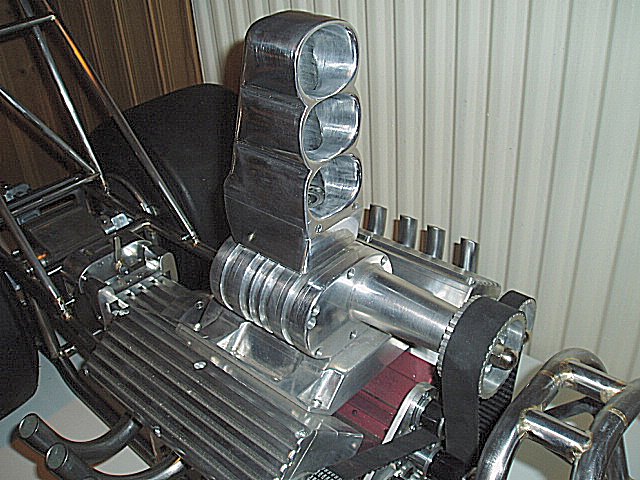
Figure 5: A 3.9 cuin/rev blower, designed by JEP
and made by Torgny Orkenryd
Blowers
for full-size engines
As an example, we can show a blower we have designed
for a Harley Davidson engine; see Figure 6. This one uses three-lobed rotors,
to make intermediate pressure feedback possible for noise suppression; see
Figures 7 and 8.
Figure 6: A JEP-designed Roots blower for a Harley Davidson
engine
Figure 7: Working parts of the Harley blower
Figure 8: Rotor profile for the Harley blower
Superchargers,
screw type
We have been intimately involved in the design of a
number of screw compressors for supercharging – working especially with rotor
profiles and questions regarding rotor manufacture. This has been on a
consulting basis, and proprietary considerations prevent us from telling you so
much. To give you an idea, a typical rotor profile for such a compressor is shown
in Figure 9.
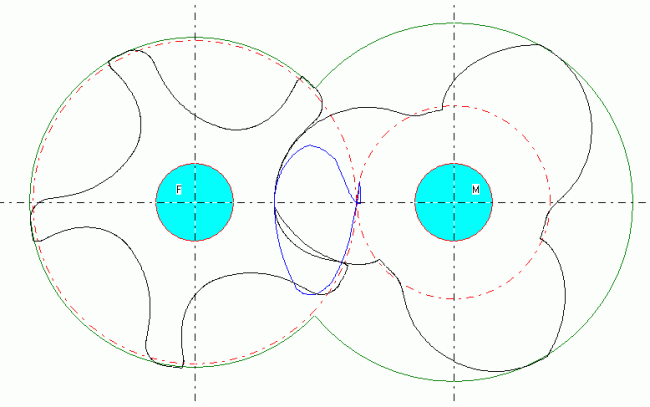
Figure 9: Typical rotor profile for a supercharger of
screw type
Supercharging
system
We have also been working with a supercharging system
for automotive engines, which will increase mileage and enhance top end performance.
It is patented in